Week 6: Fort site and Hadrian's Wall
From our collections
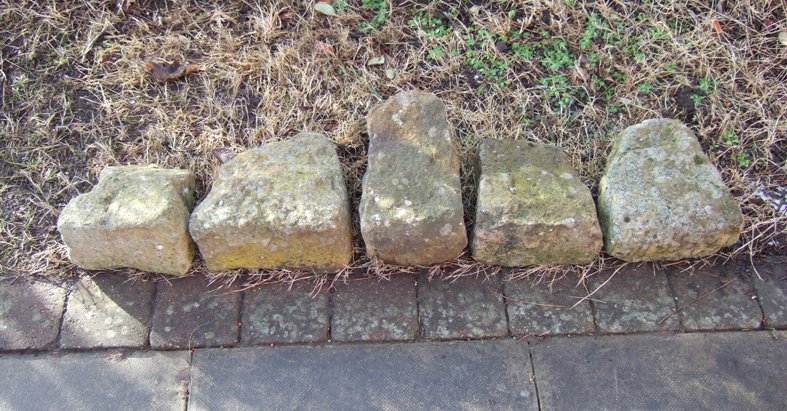
Five original stones from Hadrian’s Wall which are now on display in our Roman Gallery (as part of a reconstruction to show how tall the wall was in places).
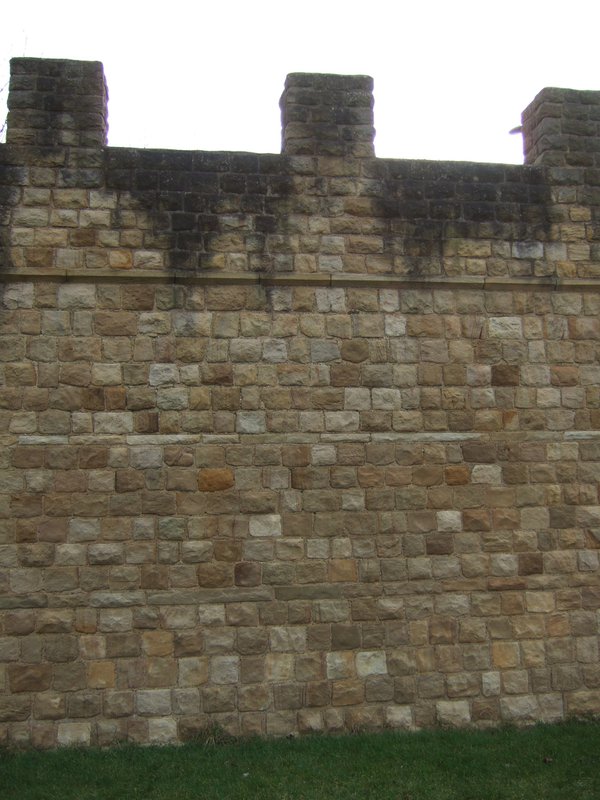
A
reconstruction of Hadrian’s Wall to show the original height of the Wall in places.
This can be seen across the road from Segedunum’s Roman Fort site. At the moment, the Wall site is not open to the public.
Segedunum Fort Site and Hadrian’s Wall
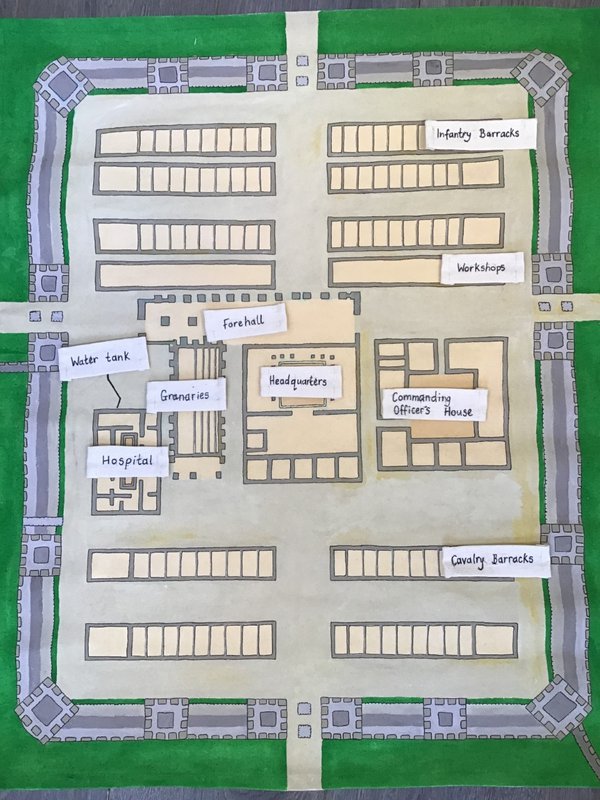
Segedunum Roman Fort lay at the eastern end of Hadrian’s Wall. The fort was occupied for around 300 years. Over this time there were many changes in its plan. Most of the layout that you see here shows the fort plan as it was in about AD 200, when it was garrisoned by a cohort of 480 infantry and 120 cavalry soldiers.
You can find out more about our site by downloading the document below, which will also help you to explore the fort if you wish to make a visit to our site.
Segedunum Roman Fort Information
Hadrian’s wall ran for 80 Roman miles (73 modern miles) from Bowness-in-Soloway to Wallsend. Originally it was going to end at the impressive bridge at Newcastle, but a change of plan saw it extended to Wallsend. Below you can see a map of Hadrian’s Wall. It was built to mark the North-West Frontier of the Roman Empire.
Most
of the Wall was built in stone, with only a 30-mile section at the
western end built in turf to begin with, although this was later
replaced by stone. In front of the wall was a substantial ditch and
mound, except where crags or rivers made this unnecessary. At each
mile, a gate was protected by a small guard post called a
milecastle.
Between each pair of milecastles lay two towers (turrets), creating a pattern of observation points every third of a mile. The stone wall was approximately 15 feet high (4.6 metres) and 10 Roman feet (3 metres) wide (although the height and width did vary along the wall). It was therefore wide enough for there to have been a walkway along the top, and perhaps also a parapet wall.
Behind the Wall there was a road linking all the forts and a massive flat-bottomed ditch flanked by two huge mounds, called the Vallum. For some unknown reason, the Vallum was not built on the additional section of Wall between Newcastle and Wallsend.
It is thought to have taken at least 6 years for the wall to have been built and took approximately 15,000 soldiers to build it.
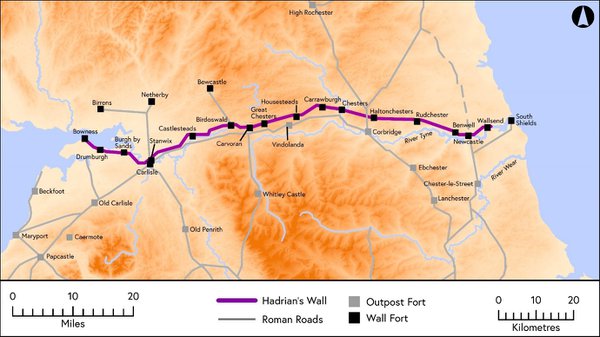
The Challenge
Why not have a go at making your very own fort or building Hadrian’s Wall?
Challenge 1: Make your own fort
Have a go at making and colouring in your own pop-up fort. You could even add some characters to your fort. Download the templates below to help you to do this.
Why not challenge yourself further by making a 3D version of the fort (using our fort from inside the Roman Gallery as inspiration). You could even add your Roman Soldier figures that you made in week 4 to this model.
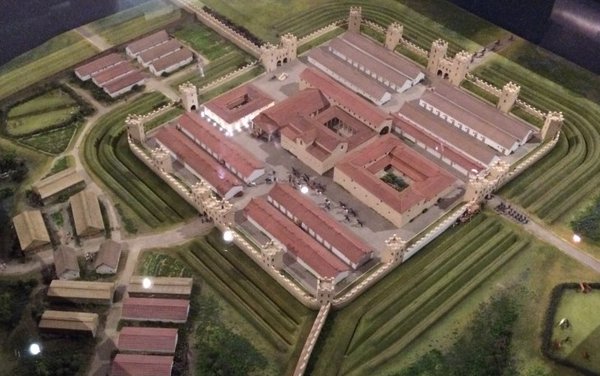
Challenge 2: Building Hadrian’s Wall
Work together with members of your family to build Hadrian’s Wall. You will become Roman soldiers from 2000 years ago and will need to use your best miming skills to follow the different steps to build Hadrian’s Wall.
Download the document below to find out how to do this.
Why not challenge yourself further by making your own 3D version of the wall which you could add alongside your 3D fort.




